Premium Only Content
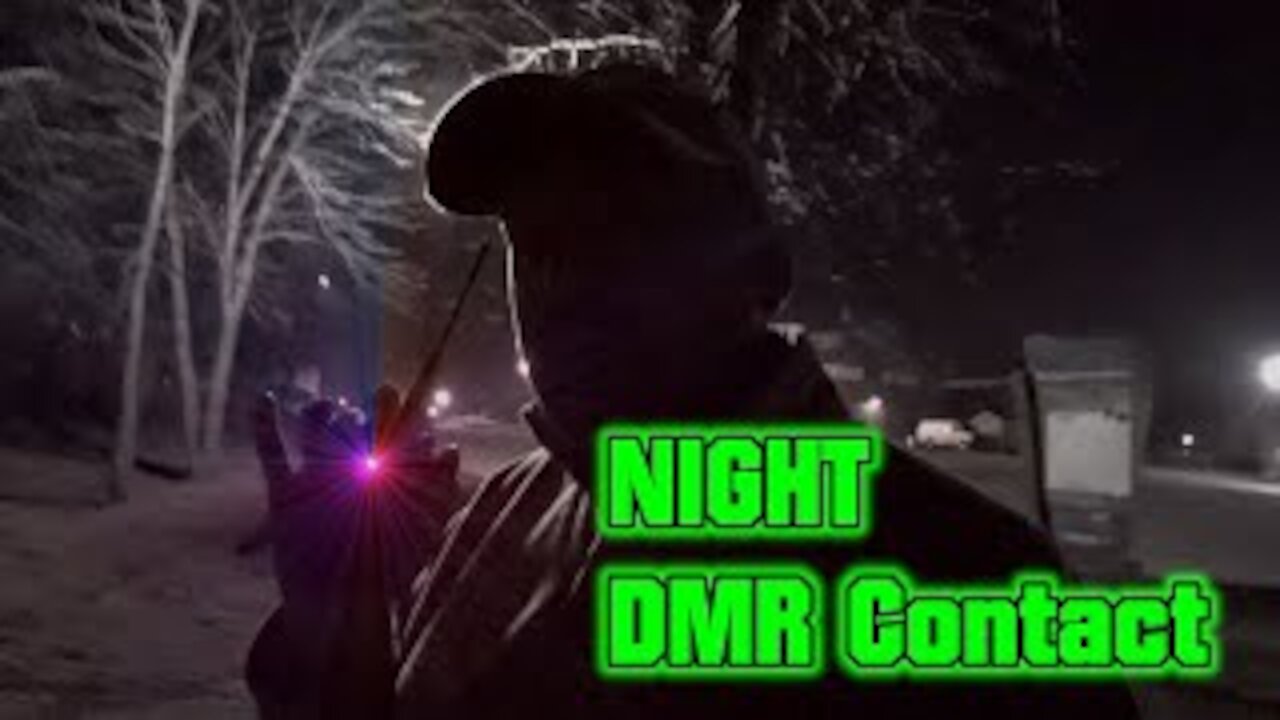
DMR Digital Handeld Anytone Ham Radio QSO New Zealand!!!!!!!!
Night Walk Talk | DMR Digital Handeld to New Zealand!
Digital mobile radio (DMR) is a limited open digital mobile radio standard defined in the European Telecommunications Standards Institute (ETSI) Standard TS 102 361 parts 1–4[1] and used in commercial products around the world. DMR, along with P25 phase II and NXDN are the main competitor technologies in achieving 6.25 kHz equivalent bandwidth using the proprietary AMBE+2 vocoder. DMR and P25 II both use two-slot TDMA in a 12.5 kHz channel, while NXDN uses discrete 6.25 kHz channels using frequency division and TETRA uses a four-slot TDMA in a 25 kHz channel.
DMR was designed with three tiers. DMR tiers I and II (conventional) were first published in 2005, and DMR III (Trunked version) was published in 2012, with manufacturers producing products within a few years of each publication.
The primary goal of the standard is to specify a digital system with low complexity, low cost and interoperability across brands, so radio communications purchasers are not locked into a proprietary solution. In practice, given the current limited scope of the DMR standard, many vendors have introduced proprietary features that make their product offerings non-interoperable with other brands.
DMR World Wide WW
DMR Metro St. Louis
DMr State
DMR TAC 310
The DMR standard operates within the existing 12.5 kHz channel spacing used in land mobile frequency bands globally, but achieves two voice channels through two-slot TDMA technology built around a 30 ms structure. The modulation is 4-state FSK, which creates four possible symbols over the air at a rate of 4,800 symbols/s, corresponding to 9,600 bit/s. After overhead, forward error correction, and splitting into two channels, there is 2,450 bit/s left for a single voice channel using DMR, compared to 4,400 bit/s using P25 and 64,000 bit/s with traditional telephone circuits.
The standards are still (as of late 2015) under development with revisions being made regularly as more systems are deployed and improvements are discovered.[2] It is very likely that further refinements will be made to the standard, which will necessitate firmware upgrades to terminals and infrastructure in the future to take advantage of these new improvements, with potential incompatibility issues arising if this is not done.
DMR covers the RF range 30 MHz to 1 GHz.
There are DMR implementations, (as of early 2016), that operate as low as 66 MHz (within the European Union, in 'Lo-Band VHF' 66–88 MHz.)[citation needed]
The DMR Association and manufacturers often claim that DMR has superior coverage performance to analogue FM.[citation needed] Forward error correction can achieve a higher quality of voice when the receive signal is still relatively high. In practice, however, digital modulation protocols are much more susceptible to multipath interference and fail to provide service in areas where analogue FM would otherwise provide degraded but audible voice service. At a higher quality of voice, DMR outperforms analogue FM by about 11 dB. But at a lower quality of voice, analogue FM outperforms DMR by about 5 dB.[citation needed]
Where digital signal processing has been used to enhance the analogue FM audio quality then analogue FM generally outperforms DMR in all situations, with a typical 2–3 dB improvement for "high quality" voice and around 5 dB improvement for "lower quality" voice.[citation needed] Where digital signal processing is used to enhance analog FM audio, the overall "delivered audio quality" is also considerably better than DMR.[citation needed] However DSP processing of analog FM audio does not remove the 12.5 kHz requirement so DMR is still more spectrally efficient.
DMR Tiers
-
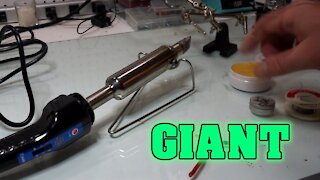 5:38
5:38
Ham Radio CQ
4 years ago $0.01 earnedHeavy Duty Soldering in ACTION
7962 -
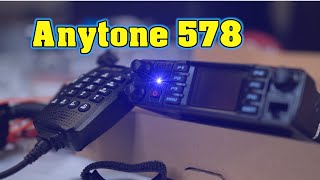 25:05
25:05
Ham Radio CQ
4 years ago $0.07 earnedAnyTone 578 ~ Unbox & Program ~ DMR Radio Digital & Analog Repeater APRS GPS
5911 -
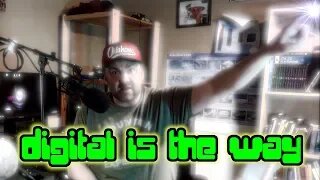 19:40
19:40
Ham Radio CQ
4 years ago $0.06 earnedThe Argument for Digital Radio. Why You NEED it: DMR Ham Radio Digital
4661 -
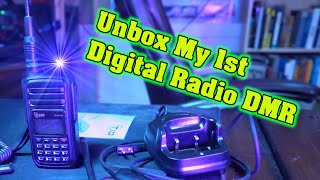 5:57
5:57
Ham Radio CQ
4 years ago $0.02 earnedUNBOXING my First DMR DIGITAL Radio HT - TD-DP580 Analog / Digital Amateur Radio
192 -
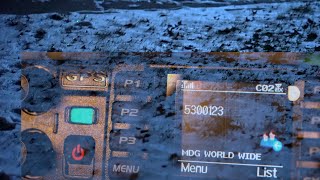 11:30
11:30
Ham Radio CQ
4 years ago $0.03 earnedCold night... ham radio Anytone 878 DMR contact... across the world
379 -
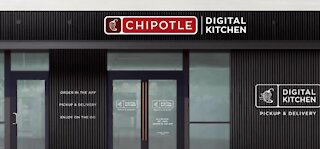 0:28
0:28
KTNV
4 years agoChipolte launches new digital kitchen
18 -
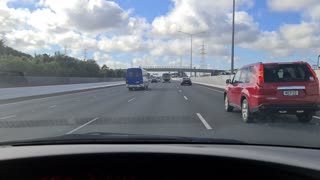 6:53
6:53
filtered
4 years ago $0.01 earnedGood Morning New Zealand
1881 -
 0:10
0:10
ViralHog
4 years agoNew Zealand Belly Flop
162 -
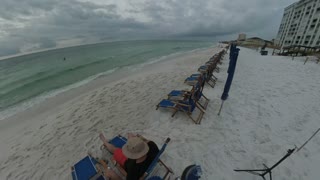 0:07
0:07
Art Beauty Photography & Videography
4 years ago $0.03 earnedBeach Time Lapse Ham Radio
436 -
 1:34
1:34
Ham Radio CQ
4 years ago $0.07 earnedBeach Tiny World Ham Radio Operation
2.08K5